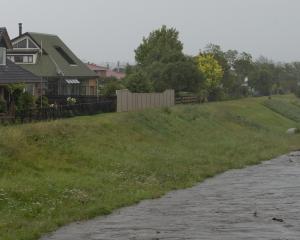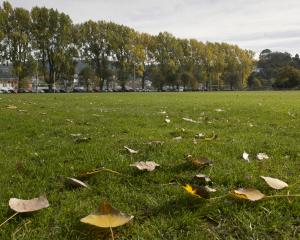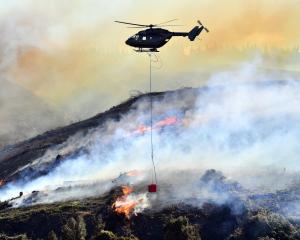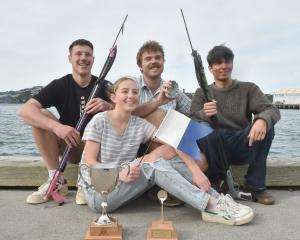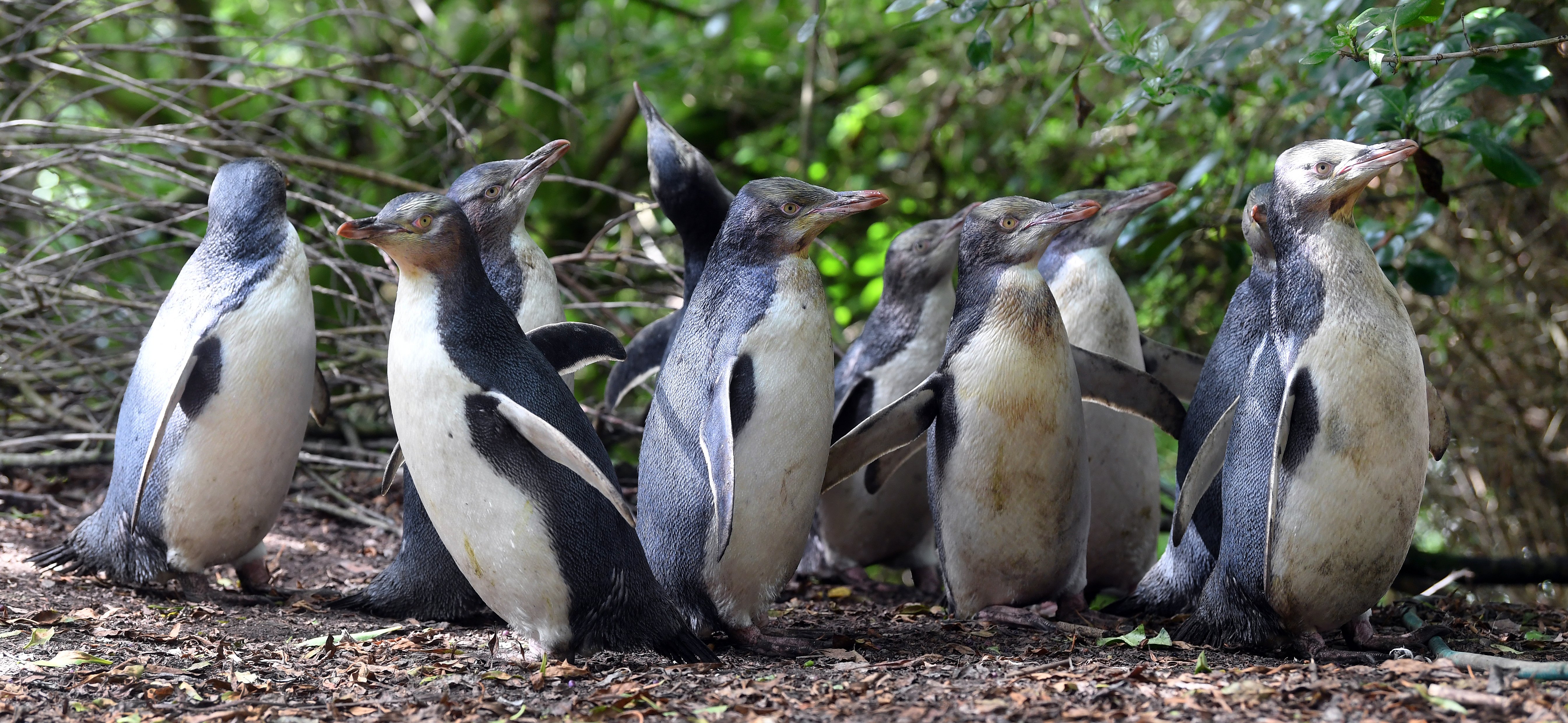
Those working with the birds say that without human intervention, the species would be gone from Stewart Island, Southland and Otago.
Of all the yellow-eyed penguins (hoiho) that bred on New Zealand’s mainland last year, only 30% had not been through rehabilitation before, Yellow-eyed Penguin Trust science adviser Trudi Webster said.
Despite a slight increase to 151 chicks fledging from mainland nesting sites this year, the birds’ numbers remained critically low.
Human help would remain integral to the species’ survival in its northern range in New Zealand until some of the ‘‘big issues’’ in the marine environment were fixed, Dr Webster said.
While large-scale environmental issues, including climate change, continued to plague the birds, penguin rehabilitation centres, supplementary feeding, treating of disease and surgeries were all now a normal part of keeping the species alive on the coast.
Over the past few years, conservationists had dramatically stepped up monitoring efforts as well.
Historically, birds would get three visits to nests a season; now, breeding pairs were visited 30 times or more a season.
There were sites where scientists or volunteers did not intervene, because the areas were difficult to access, and the number of birds surviving to fledge was far lower, Dr Webster said.
Penguin Place, in Dunedin, Penguin Rescue, in Moeraki, the Department of Conservation, the Dunedin Wildlife Hospital, the trust, and others needed to keep working together to give the birds a chance, she said.
Mainland yellow-eyed penguins were taken into penguin rehabilitation in Dunedin as young as 30 days old this year, Penguin Place rehabilitation manager Jason van Zanten said.
In some instances, healthy chicks were uplifted from underweight parents; in some instances, parents had died; but most chicks entered Penguin Place rehabilitation underweight because parents struggled to feed their young.
When chicks entered care, they were fed up to 300g of food a day. Once the birds hit 80 days to 90 days old, they were fed up to 1.5kg of fish a day while in care, he said.
Many rehabilitation techniques now in use were pioneered by Penguin Rescue founders Janice and Bob Jones, of Moeraki, in the early 1980s, Penguin Rescue scientist Chris Lalas said.
At Moeraki, human intervention had created a long-term increase from six yellow-eyed penguin nests at the breeding site in 1982-83, to 41 nests in the 2020-21 season.
The 55 chicks fledged from nests at Moeraki accounted for more than a third of the 151 total chicks fledged this season on the South Island, he said.
The so-called soft release had been a standard technique after rehabilitation of young penguins at Moeraki since the 2014-15 season.
In a soft release after rehabilitation, penguins were secured and fed in a pen at the release site. After several days, the pen was opened, but penguins were still fed daily until they went to sea voluntarily, Dr Lalas said.
Dunedin-based Doc marine and coastal species liaison officer Chris Page was very pleased that 151 yellow-eyed penguin chicks survived to a fledging age by March this year.
That was up on last year, when only 130 chicks survived, but chick numbers were still worryingly low, Mr Page said.
Comments
At last people have started to wake up to the astonishing fact that when you drag vast nets over the seabed, or set lines of hooks 28 miles long, or relentlessly pursue declining species, you might just, well, you know, have some effect on ocean life. - George Monbiot
Only 6.2% of the world’s marine fish populations, according to the latest assessment by the UN Food and Agriculture Organisation, are neither “fully fished” nor “overfished”, and they continue TO DECLINE.
Penguins, dolphins and 90 percent of our shore birds are threatened with extinction. We must restore our oceans ecosystems if they are to thrive. We need to increase the no fish marine reserves, stop marine pollution and stop starving our wildlife to death by eating their food.



